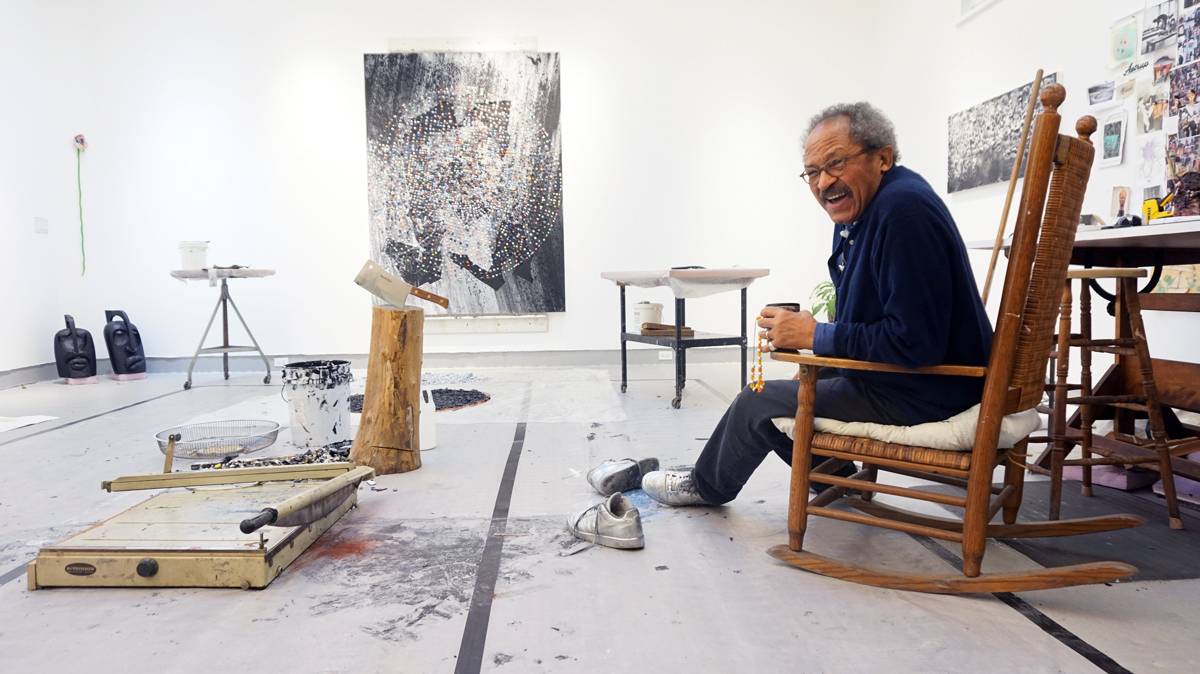An interview with the late artist on the unique classification system he devised to organize his books

Vito Acconci, as one might expect, did not rely on any such traditional system for organizing his library. He instead arranged his books based on an idiosyncratic, all-encompassing classification system very much of his own devising. Acconci’s system begins with general ontological categories – such as ‘Time’, ‘Space’, ‘Matter’, ‘Body’, ‘Life,’ ‘Mind’ and ‘Signs’ (there are 12 such categories in all) – which then proceed to sub-divide into more particular divisions and sections. By giving primacy to the ontological over the bibliographic, Acconci’s system does away with many library classification conventions. For instance, fiction and poetry are not treated as related genres of writing and thus placed within range of each other. Instead, novels are placed in a subset of ‘Time’ (‘fiction is about turning pages, it’s about time,’ according to Acconci) while poetry is classified as a subset of ‘Body,’ along with books on dance, music and clothing – perhaps reflecting Acconci’s own early evolution from poet to performance artist. Art and architecture books are also not assumed to share a common heritage and therefore assigned proximate shelf space. Instead, architecture books belong to a subset of ‘Space,’ while art books are classified as a subset of ‘Matter.’
Source: Vito Acconci’s Library
Physicists have long suspected that quantum mechanics allows two observers to experience different, conflicting realities. Now they’ve performed the first experiment that proves it.





